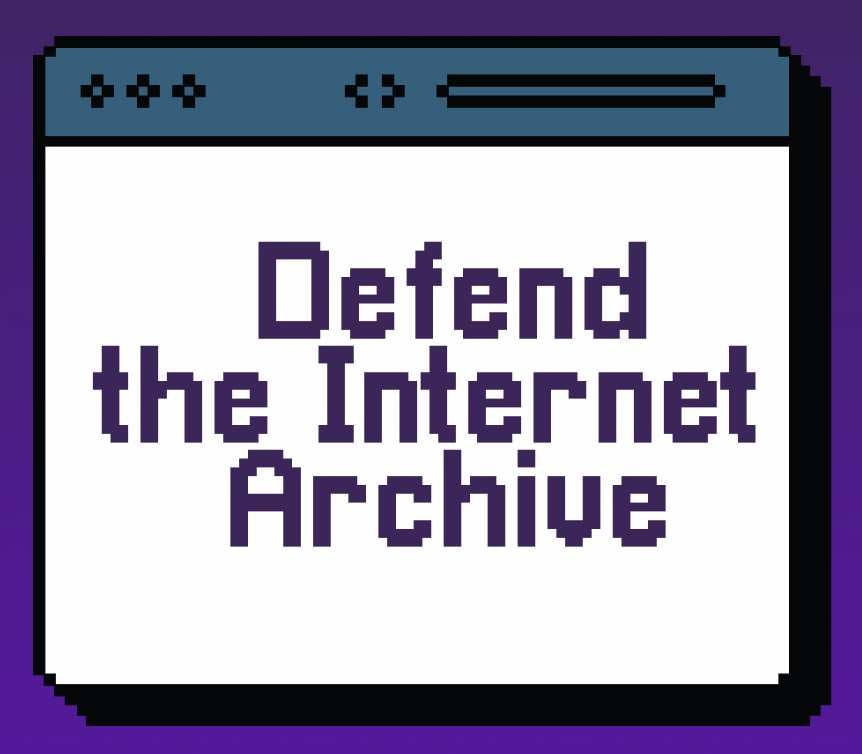I want to make a plex nas so I don’t have to deal with Netflix and streaming services, here are some questions I have.
-
What NAS should I get? I’ve heard Qnap is good, but I want to know around what nas I should get
-
Is plex somewhat simple to setup and is there other software I should look at?
-
Is there anything else I should know?
Edit: I ended up using an old laptop and running a file share from it then installing kodi on the other devices and using it as a storage point.
Build a basic i5 desktop.
It’ll cost less, be much faster and easier to upgrade; the “NAS” platform is so overrated.
The benefit of a NAS is being significantly easier to setup and use.
The commenter didn’t bother to ask what OP’s familiarity with any of this was, just said “build a thing”.
Not everyone that wants to start self-hosting needs to start building shit from day 1. Training wheels are ok.
Replace “build” with “buy” if you want.
Even a used ex-business desktop would be faster and cheaper.
Depends on how much you want to spend on your own setup. Unraid, while paid, is brain dead easy.
I personally combine lower end NAS boxes with 4x4 mini PC’s. I like the separation of concerns, as well as the tiny footprint.
I used an old laptop and Kodi in the end
Or AMD 6000 series if power draw and quietness are important. Add Proxmox with ZFS to run all your apps in containers or VMs.
For something like a Plex server, Intel is better because of QSV.
This also lets you use ecc ram too.
There are lots of questions to answer before any recommendation could make sense. How many users? 720p, 1080p, or 4k content? Transcoding? Remote streaming or local only? WAN bandwidth? How much storage? Power requirements? Is prebuilt a requirement? Budget? And probably more.
Plex and Jellyfin are the two main servers the handle this kind of thing. Both have benefits, but Plex hides some features behind a paywall ans Jellyfin is FOSS.
My advice is to make sure you have plenty of RAM. You won’t just install Plex. You probably want your NAS to download and manage the videos and all those applications take up extra RAM.
What is using the ram? The arrs? My media server uses hardly any ram with plex, jellyfin, and a lot more…
Yup, the arrs and transcoding also takes up a bit of RAM. I mentioned RAM because some entry level NAS isn’t designed for anything other than file storage.
So I‘m a Synology user for years (currently a DS921+ with a DX517 extension) and use it mainly to store movies/shows.
For you here are some things that might be useful to know:
- Consumer NAS are massively underpowered in terms of CPU and RAM. Both is needes if you run a few Docker containers. Especially the transcoding of media files is very CPU intensive.
- using a very small „compute“ node, like an Intel NUC, takes care of this problem. I run all Docker containers on this one, while I use the NAS only as storage.
- Consumer NAS are super easy to setup and also to scale, in case you need more diskspace.
- I was never a big fan of Plex for various reasons. I use Emby and I‘m very happy about it. I also hears many good things about Jellyfin
Acronyms, initialisms, abbreviations, contractions, and other phrases which expand to something larger, that I’ve seen in this thread:
Fewer Letters More Letters NAS Network-Attached Storage NUC Next Unit of Computing brand of Intel small computers Plex Brand of media server package RPi Raspberry Pi brand of SBC SATA Serial AT Attachment interface for mass storage SBC Single-Board Computer VPN Virtual Private Network k8s Kubernetes container management package
7 acronyms in this thread; the most compressed thread commented on today has 9 acronyms.
[Thread #297 for this sub, first seen 23rd Nov 2023, 16:35] [FAQ] [Full list] [Contact] [Source code]
Do you need streaming?
Direct file playback via Kodi is better in every way IF all you need is local playback within your LAN and have devices that can run it. If you’ve got decent upload then it’ll work outside of it, too. Kodi also supports syncing between devices if you set up a MySQL database. Definitely not as simple as spinning up Plex/Emby/Jellyfin, though.
I ended up using Kodi with an old laptop as a server and it’s good
Glad it worked. Have fun!
3: You don’t need a server application to replace streaming. After years (and mixed results) of fixing corrupt Plex databases, I switched to a simple file share and access my media through Kodi now. Better features, better player, better community, no closed source, no phone home, no features added/changed/removed without recourse, no forced updates and no accounts required.
My NAS is just a simple SMB/CIFS/NFS share and Kodi accesses it, doing all my metadata handling. If I need to migrate, backup of all watch data and other metadata is simple XML based.
I know you asked for Plex info, but I am so pleased to be out of their clutches, I think others might prefer to be as well.
I’ve been running Plex for like a decade and never had the database get corrupted… What was your setup?
I used Kodi it works great
I bought an old business HP 3500 Pro ans have been running jellyfin and a number of socker containers from it. Plus it is quite upgradeable since it’s just a pc, and cost me just 100 CAD.
How many watts?
Is plex somewhat simple to setup and is there other software I should look at?
Yes, it’s rather simple to install. I don’t know where your “family videos” come from, but if you want to automate the download process you can take a look at Radarr and Sonarr (also known as the Servarr stack)
Synology makes great 1-4 bay NAS. Lots of documentation, fairly easy setup and one click installs of applications. The consumer grade ones are fairly inexpensive and work just as well.
I use Kod instead of Plex i on my devices and have it just night the NAS in the app. I signed the Kodi db to be in the NAS so all my devices track what I’ve already watched and progress of currently watching. It works great.
Get a UPS to protect your data in case of power outage. One that you can hook USB to a PC/NAS so it can tell the PC to shut down properly. A very common feature.
I just installed TrueNAS on a desktop with a lot of SATA slots. https://www.truenas.com/
Throwing my vote for QNAP in the ring.
Very freedom-respecting. Probably the only consumer NAS vendor with instructions on how to install linux (bare-metal) on the official wiki. Their x86 boxen are 90% normal pc… with the remaining 10% being a bit nuisance.
If you go with QNAP be careful with what you provide access to over the internet. QNAP seems to have security vulnerabilities quite often. It would probable best to only use a VPN to access any services/media on it.
It’s not very expandable and very underpowered but I’ve been using an Odroid HC-4 with Armbian and a separate compute server for a while. It’s a decent budget option.
There’s nothing wrong with the small PC/NAS route. Certainly more powerful and flexible. I’m currently running the *arr stuff in containers on a Synology 1520 (also storing a bunch of other stuff), with Plex running on a Shield Pro. It’s pretty low power draw, and so far does everything I need.
Main thing with running Plex on the NAS is transcoding - audio and/or video. Depending on what your Plex client is, you want to make sure everything you’re streaming can direct play.
A nas may be overkill for what you want.
You may only need a modernish pc with lots and lots of storage so you can keep redundant copies of your library
Plex was super easy for me to set up on my old gaming pc that had multiple TB of storage.
So was jellyfin when i decided to swap.
If you only want to watch your library over your local network and dont care about remote access id reccomend going with jellyfin instead of plex because FOSS vs proprietary software. They both can be configured for remote access but it seemed easier to do in plex and also not something youd want to do depending on where/how you’ve acquired your digital library












